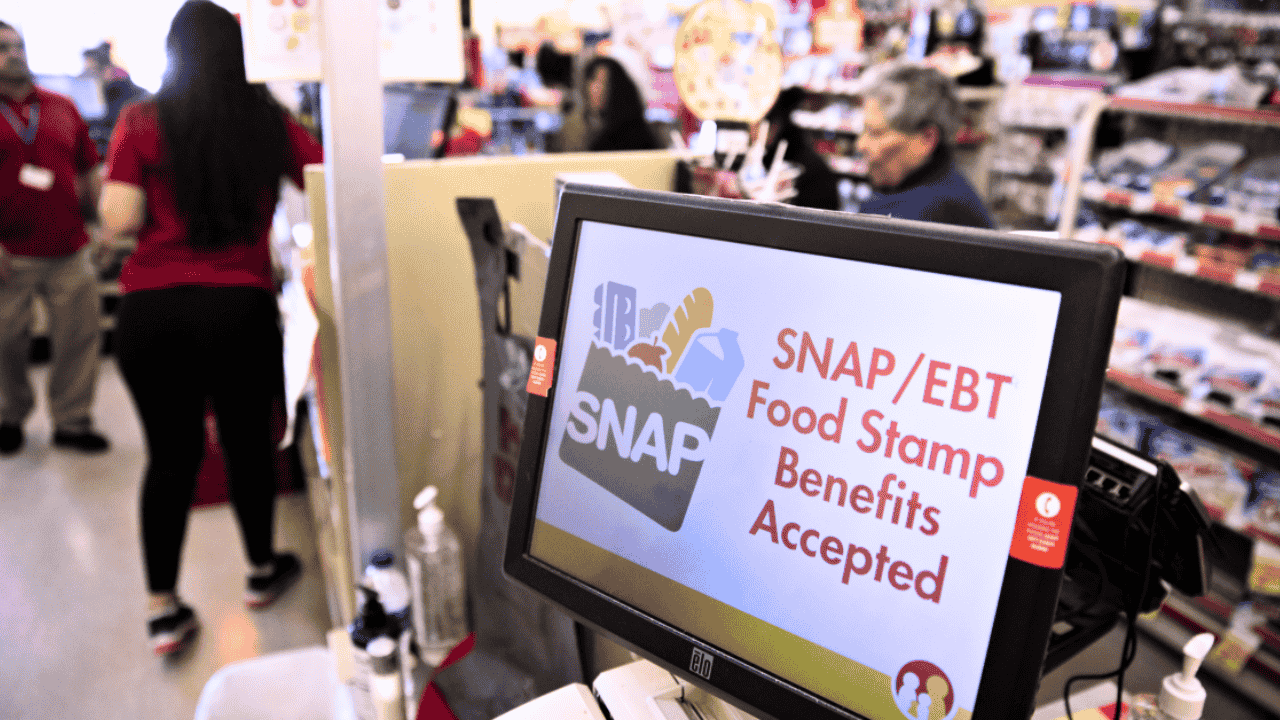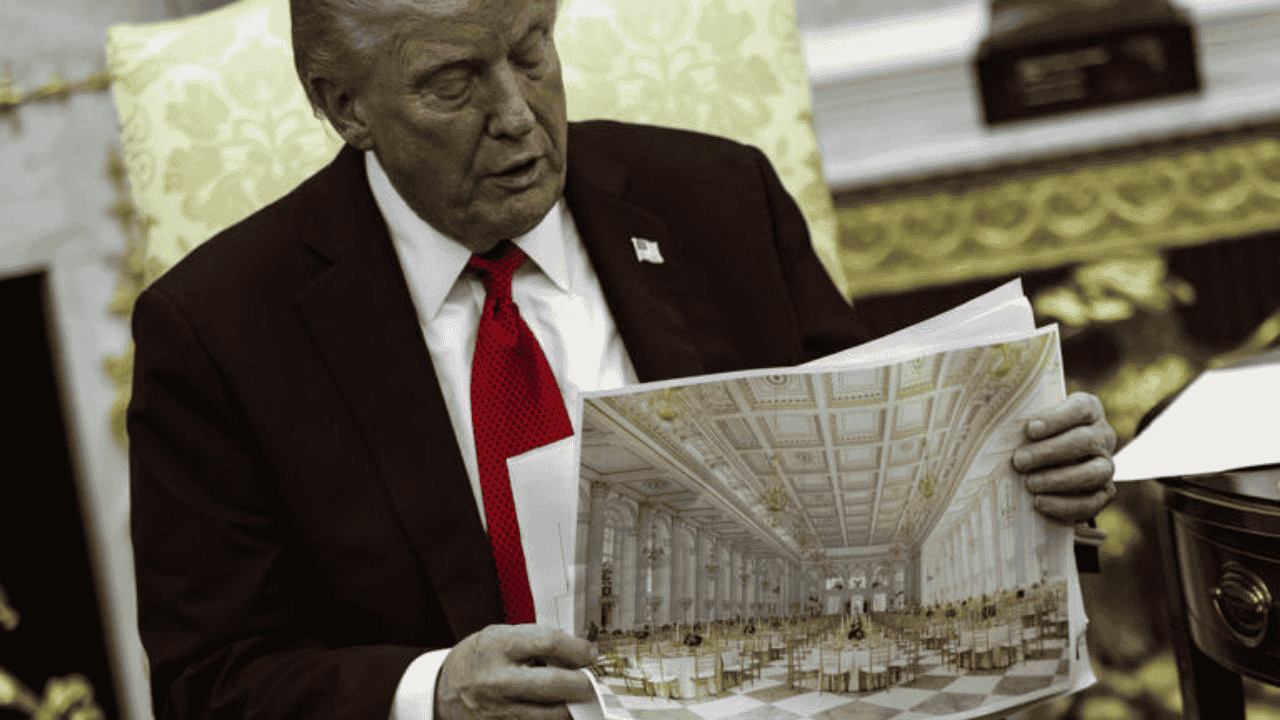The Supreme Court has issued an emergency order halting a lower court’s directive that required the federal government to fully fund the Supplemental Nutrition Assistance Program (SNAP) payments during the ongoing government shutdown. The move comes amid growing uncertainty for millions of low-income Americans relying on SNAP for food security.
While several states rushed to release full November payments following earlier court rulings, the Supreme Court’s temporary pause, granted late Friday, has left others waiting for clarity. The order, delivered by Justice Ketanji Brown Jackson, will remain effective until the appellate court decides whether the block will continue or be lifted.
Supreme Court’s Emergency Ruling

The Court’s decision followed an appeal from the Trump administration, which argued that it should not be forced to spend beyond available contingency funds. The administration maintained that continuing partial payments was the only viable option until Congress approves additional funding.
Justice Jackson’s order delays the requirement to distribute full payments for up to 48 hours after the appeals court announces its decision. This timeline ensures the administration can revisit the Supreme Court if the appellate court refuses to grant a longer suspension.
Currently, SNAP — a federal program assisting about one in eight Americans — remains in partial operation while the ruling plays out.
States That Issued Full Payments
Several states acted immediately after the initial court order on Thursday:
- Wisconsin: Released more than $104 million in food benefits to 337,000 households. Officials processed requests within hours to ensure families received assistance.
- Oregon: Governor Tina Kotek confirmed employees worked through the night to ensure families had access to full benefits by Friday.
- Hawaii: Officials processed payments rapidly after verifying all records, anticipating a potential federal pause.
- California, Kansas, New Jersey, Pennsylvania, and Washington: Reported completing full benefit transfers on Friday, while others expected funds to arrive over the weekend.
The Trump administration expressed concern that states processing payments too quickly were reducing funds available for others. Solicitor General D. John Sauer argued that once the funds are distributed, there is no practical way to recover them.
The Uncertainty for SNAP Recipients
The ongoing legal battle has deepened anxiety among those who depend on SNAP. An individual typically qualifies for up to $300 per month, while a family of four can receive close to $1,000 — though most get less based on income.
In Newark, New Jersey, single mother and college student Jasmen Youngbey described waiting at a local food pantry after her SNAP balance showed zero. Later that day, her monthly benefits finally arrived, highlighting how dependent families are on these timely distributions.
Government Shutdown and Legal Dispute
The current controversy stems from the government shutdown, during which the Trump administration initially announced that November SNAP benefits would not be issued.
Two federal judges overturned that decision, ordering full payments using an emergency fund containing about $4.6 billion. However, with monthly program costs reaching between $8.5 and $9 billion, the administration argued that the remaining reserves must be preserved for other child nutrition programs.
On Thursday, a federal court in Boston rejected the administration’s partial payment plan — which covered only 65% of maximum benefits — saying that withholding full aid violated SNAP’s federal mandate. In response, the administration appealed, calling the order an overreach of judicial authority.
How States Are Handling SNAP Distribution
Different states have adopted varied approaches:
| State | Distribution Status | Notes |
|---|---|---|
| Colorado, Massachusetts | Full payments expected by Saturday | Processing in progress |
| New York, New Hampshire | Full access by the weekend | Awaiting confirmation |
| Arizona, Connecticut | Processing soon | Expected next few days |
| North Carolina | Partial payments Friday; full over weekend | Adjusting funding timing |
| Illinois, Kentucky, Louisiana, North Dakota | Partial payments made | Awaiting further federal guidance |
| Delaware | Issued state-funded relief payments | Temporary solution during uncertainty |
Amid the uncertainty, Delaware’s Governor Matt Meyer stated that the state would use its own funds to provide weekly emergency relief to residents dependent on SNAP.
Impact Ahead
With the Supreme Court’s temporary block in place, the future of full SNAP funding hangs in the balance. Millions of households remain unsure about the timing and amount of their November benefits. Unless Congress approves new appropriations soon, states and families may face continued financial strain.
For updates and eligibility information on SNAP, recipients can refer to the USDA Food and Nutrition Service official website.









